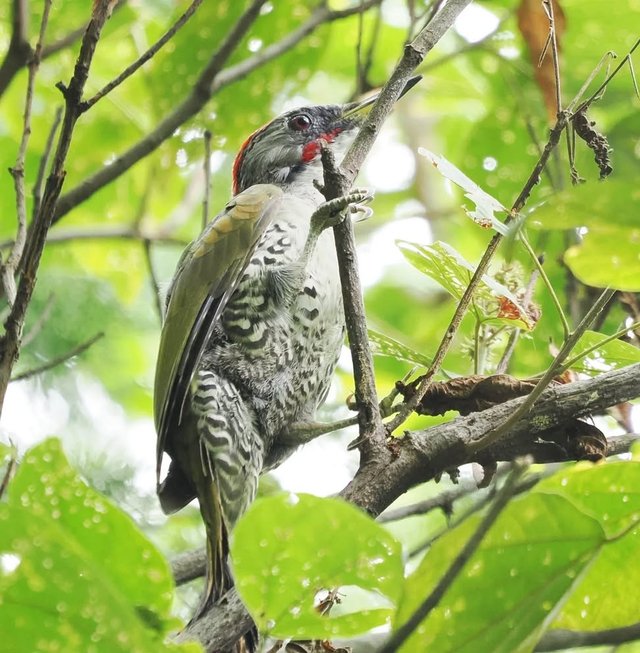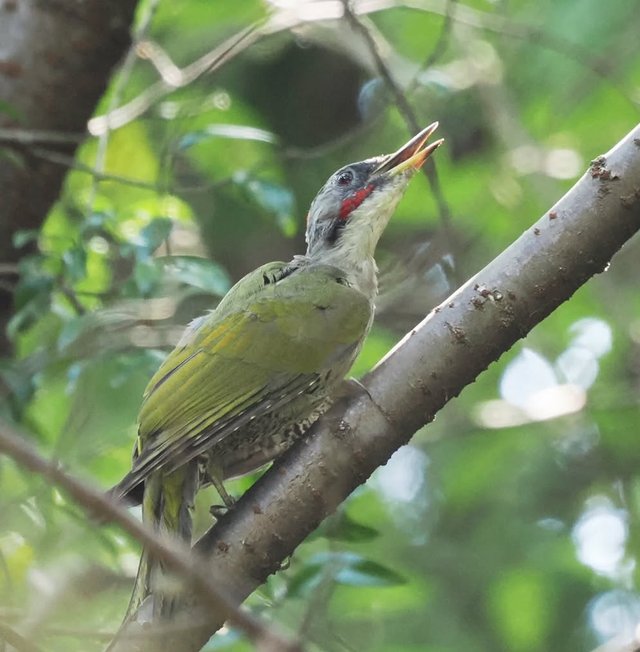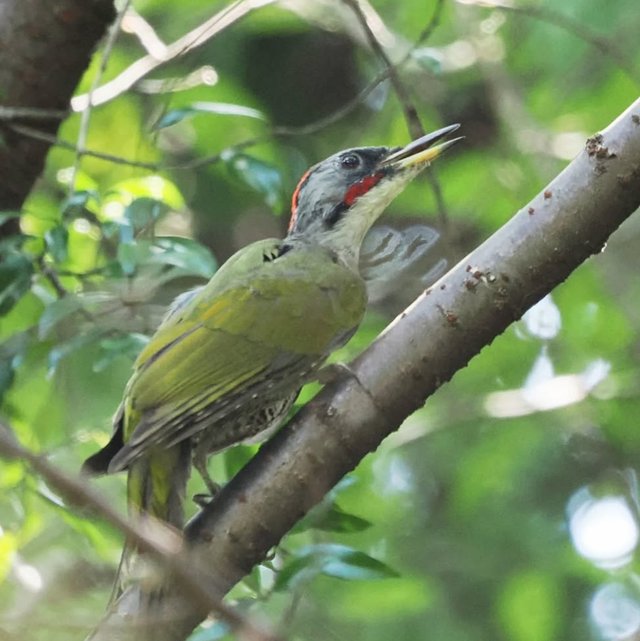Japanese Green Woodpecker Bird
Japanese Green Woodpecker: A Vibrant Forest Resident of Japan
The Japanese green woodpecker is one of Japan’s most distinctive and beautiful birds, known for its vivid plumage, loud calls, and important role in forest ecosystems. Endemic to Japan, this species holds cultural and ecological significance, making it a beloved subject among birdwatchers, naturalists, and conservationists.
Taxonomy and Identification
Belonging to the woodpecker family Picidae, the Japanese green woodpecker is closely related to the Eurasian green woodpecker but is a separate species unique to Japan. Adults measure around 29–32 cm in length, with a wingspan of approximately 45–50 cm.
Their plumage is striking:
Back and wings: A brilliant green, blending perfectly with forest canopies.
Underparts: Pale whitish-grey with dark streaking.
Head: Males have a red crown, while females have a black crown with a small red patch on the nape. Both sexes feature a bold black “moustache” stripe.
Tail: Short and stiff, adapted for bracing against tree trunks.
Its distinctive, laughing call—often described as a loud “ki-ki-ki-ki”—echoes through the forest, especially during spring and early summer.
Distribution and Habitat
The Japanese green woodpecker is endemic to Japan, found on the islands of Honshu, Shikoku, and Kyushu, with some populations in Hokkaido’s southern areas. Its preferred habitats include broadleaf and mixed forests, particularly mature woodlands with old trees for nesting. It can also adapt to parks, gardens, and temple grounds where large trees remain.
Diet and Feeding Behavior
Like many woodpeckers, P. awokera is an insect specialist. Its diet consists primarily of:Ants and their larvae, which it extracts from tree bark or the ground using its long, sticky tongue.
Beetles, spiders, and other insects found under bark or in rotten wood.
In winter, when insects are scarce, it occasionally eats nuts, berries, and fruits.
Their strong bills are not only used for drilling into wood but also for probing the soil, a behavior less common in other woodpecker species.
Breeding and Nesting
Breeding begins in late spring. The pair excavates a nest cavity in a dead or decaying tree, creating a circular entrance hole. The female typically lays 4–5 white eggs, which are incubated by both parents for about 16–18 days. After hatching, both adults feed the chicks, which fledge after approximately 3–4 weeks.
Thanks For Reading
Device Information
| Device | cannon eos 700D |
|---|---|
| Lens | 55-250 zoom leans |
| Location | Bangladesh |





Stranger bird as for me
Really.. 😊